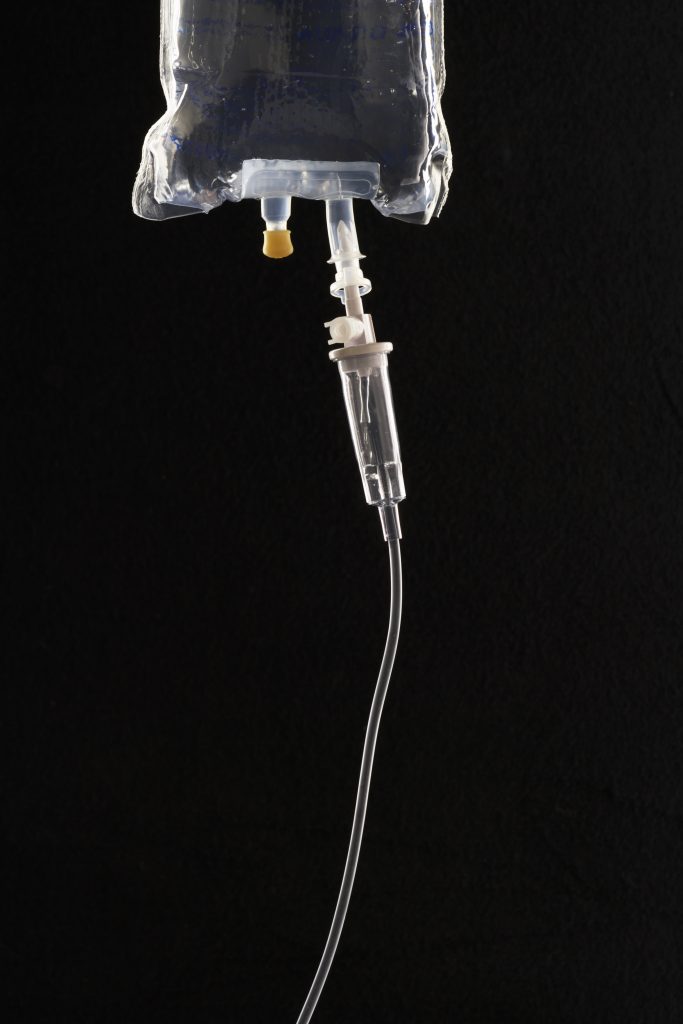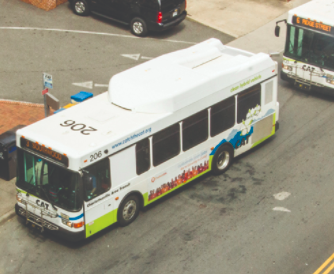Culture of care
The Women’s Initiative received a grant of $50,000 from Sentara Health, according to an October 31 press release. The grant will support the organization’s culturally responsive mental health care offerings, including Sister Circle, Bienestar, and LGBTQ+ programs.
Founded in 2007, The Women’s Initiative is a Charlottesville-based nonprofit supporting women and others affected by gender-related trauma. In addition to traditional counseling and support groups, the WI also offers culturally responsive programming.
One such program, Sister Circle, focuses on supporting and building community for Black women and other BIPOC people. In addition to culturally focused counseling, Sister Circle hosts regular events for Chihamba West African dance, yoga, and writing.
“I am so grateful for the renewed investment from and long-time partnership with Sentara and their recognition of the vital need for culturally responsive mental health care,” said Elizabeth Irvin, executive director of The Women’s Initiative,
in the release. “Through our programs and their support, we continue to work to address health disparity, so that all members of our community have an opportunity to heal and thrive.”
For more information on The Women’s Initiative and its programming, visit thewomensinitiative.org.
Clean sweep
The U.S. Supreme Court allowed Virginia to strike roughly 1,600 voter registrations in a program that targeted noncitizens but actually removed several U.S. citizens from the rolls. The ruling came on October 30, less than a week before Election Day. The case could return to the court, but only after the election. There is no evidence of non-citizens voting in Virginia.
Up in the air
All eyes are on UVA men’s basketball this week as the team opens its season following former head coach Tony Bennett’s retirement. In the wake of Bennett’s announcement, Charlottesville native Chance Mallory decommitted and Jalen Warley confirmed his transfer. The team’s first game is at home on November 6 against Campbell State. Things will get tougher for the Hoos later in the month when they face No. 12 Tennessee on November 21.
Making moves
Charlottesville Area Transit begins updated routes on Saturday, November 9, after years of community calls for more frequent and accessible service. Route 4, between Cherry Avenue and Harris Road, and Route 6, including Ridge Street and Prospect Avenue, will both see weekday buses running every 30 minutes from 6:30am to 7pm, with additional evening options. These changes stem from CAT’s 10-year strategic plan to improve the bus system. For more information on the route changes, visit charlottesville.gov.













